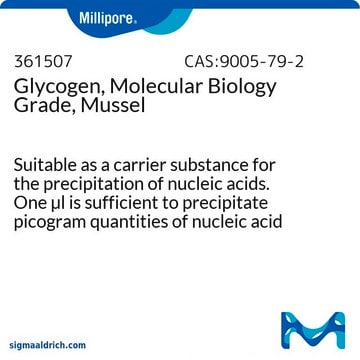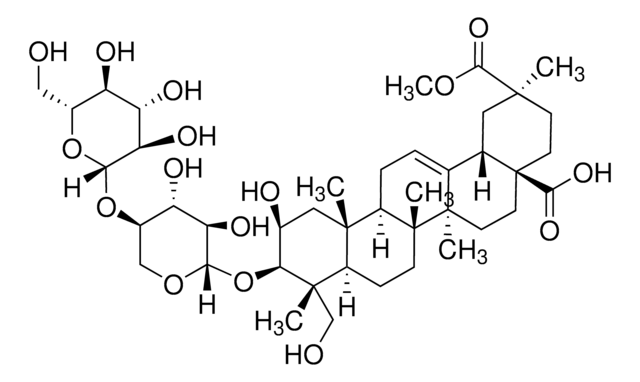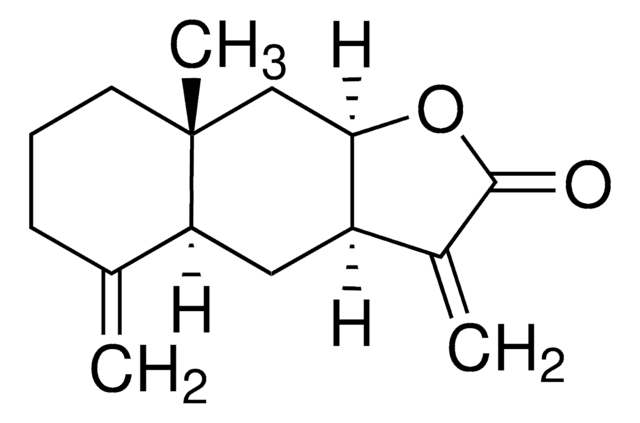Recommended Products
InChI
1S/C24H42O21/c25-1-5-9(28)11(30)16(35)22(41-5)39-4-8-20(45-23-17(36)12(31)10(29)6(2-26)42-23)14(33)18(37)24(43-8)44-19-7(3-27)40-21(38)15(34)13(19)32/h5-38H,1-4H2/t5-,6-,7-,8-,9-,10-,11+,12+,13-,14-,15-,16-,17-,18-,19-,20-,21+,22+,23-,24-/m1/s1
InChI key
BYSGBSNPRWKUQH-UJDJLXLFSA-N
Looking for similar products? Visit Product Comparison Guide
General description
In research, glycogen is commonly employed to investigate carbohydrate storage, metabolism, and enzyme characterization. Serving as an inert carrier, it significantly enhances the efficiency of DNA and RNA extraction through ethanol precipitation. Its versatility proves valuable in unraveling the intricate details of the glucose cycle, contributing to advancements in diverse areas of physiological, nutritional, biochemical, and cell biology research.
Application
- as a component in acrylamide slab gels to perform branching enzyme activity staining for quantifying ADP-glucose pyrophosphorylase (AGPase) activity
- as a sterile inflammatory agent for inoculating into mice for obtaining peritoneal exudate cells (PEC) and to study its effects on the metabolic functions of macrophages
- as a primer for supplementing maleate buffer for amylosucrase assay to measure the activities of the glutathione S-transferase (GST-AS) amylosucrase fusion protein and the purification fractions
- as a supplement in PreScission buffer to perform polymer synthesis reaction
Features and Benefits
- Ideal for Biochemical and Cell Biology research
- Versatile and adaptable for wide variety of laboratory and research applications
Other Notes
Storage Class Code
11 - Combustible Solids
WGK
WGK 3
Flash Point(F)
Not applicable
Flash Point(C)
Not applicable
Personal Protective Equipment
Certificates of Analysis (COA)
Search for Certificates of Analysis (COA) by entering the products Lot/Batch Number. Lot and Batch Numbers can be found on a product’s label following the words ‘Lot’ or ‘Batch’.
Already Own This Product?
Find documentation for the products that you have recently purchased in the Document Library.
Customers Also Viewed
Our team of scientists has experience in all areas of research including Life Science, Material Science, Chemical Synthesis, Chromatography, Analytical and many others.
Contact Technical Service











